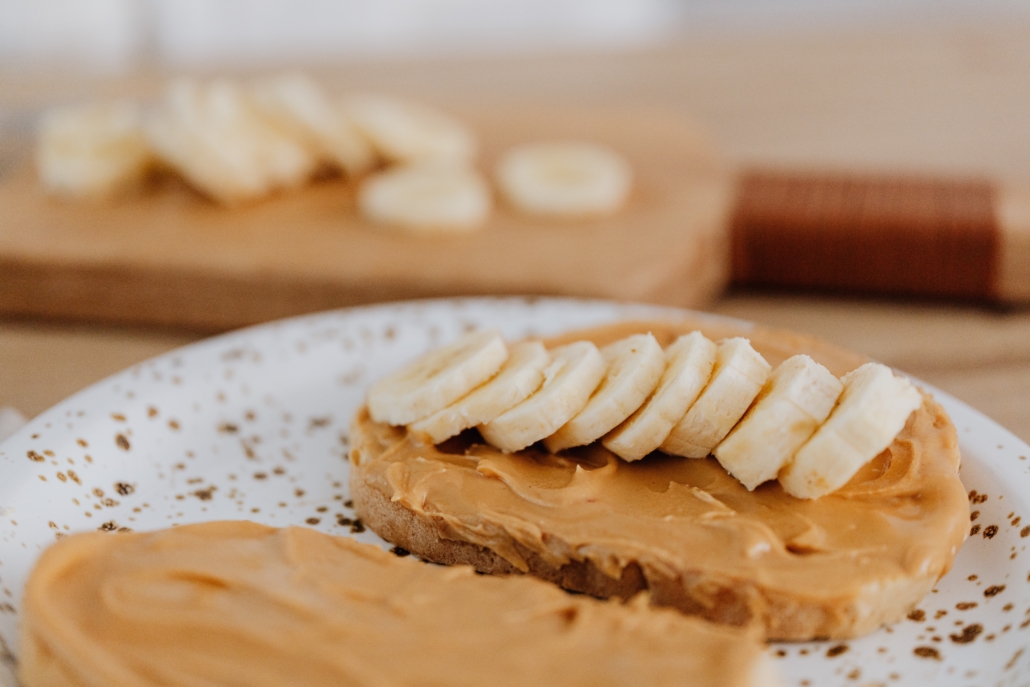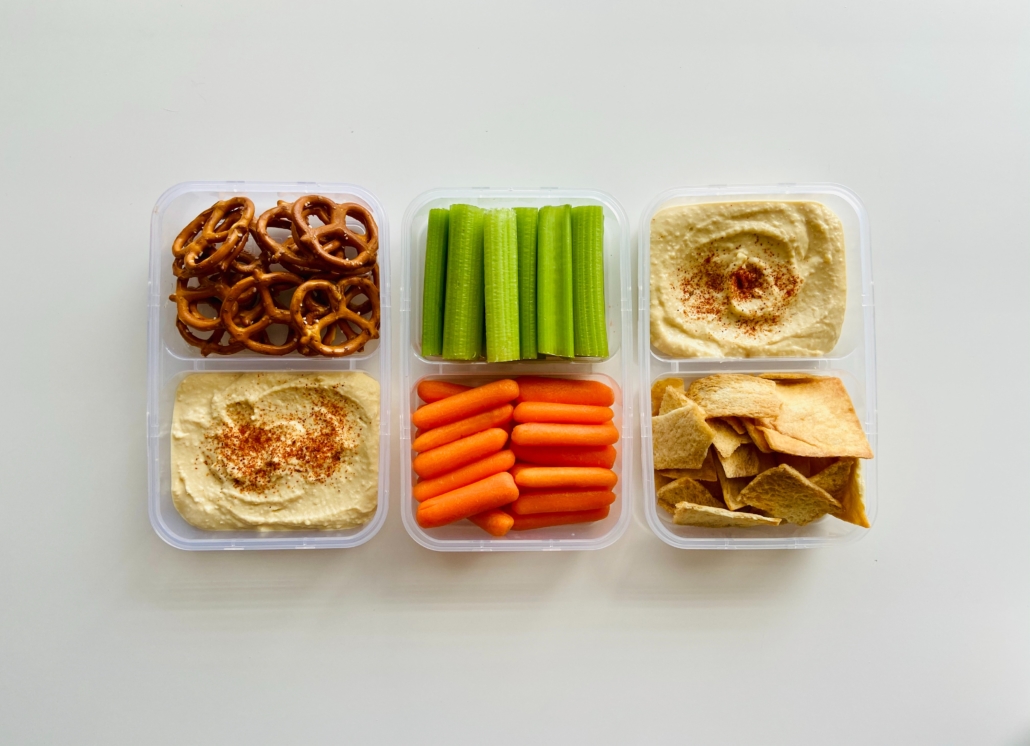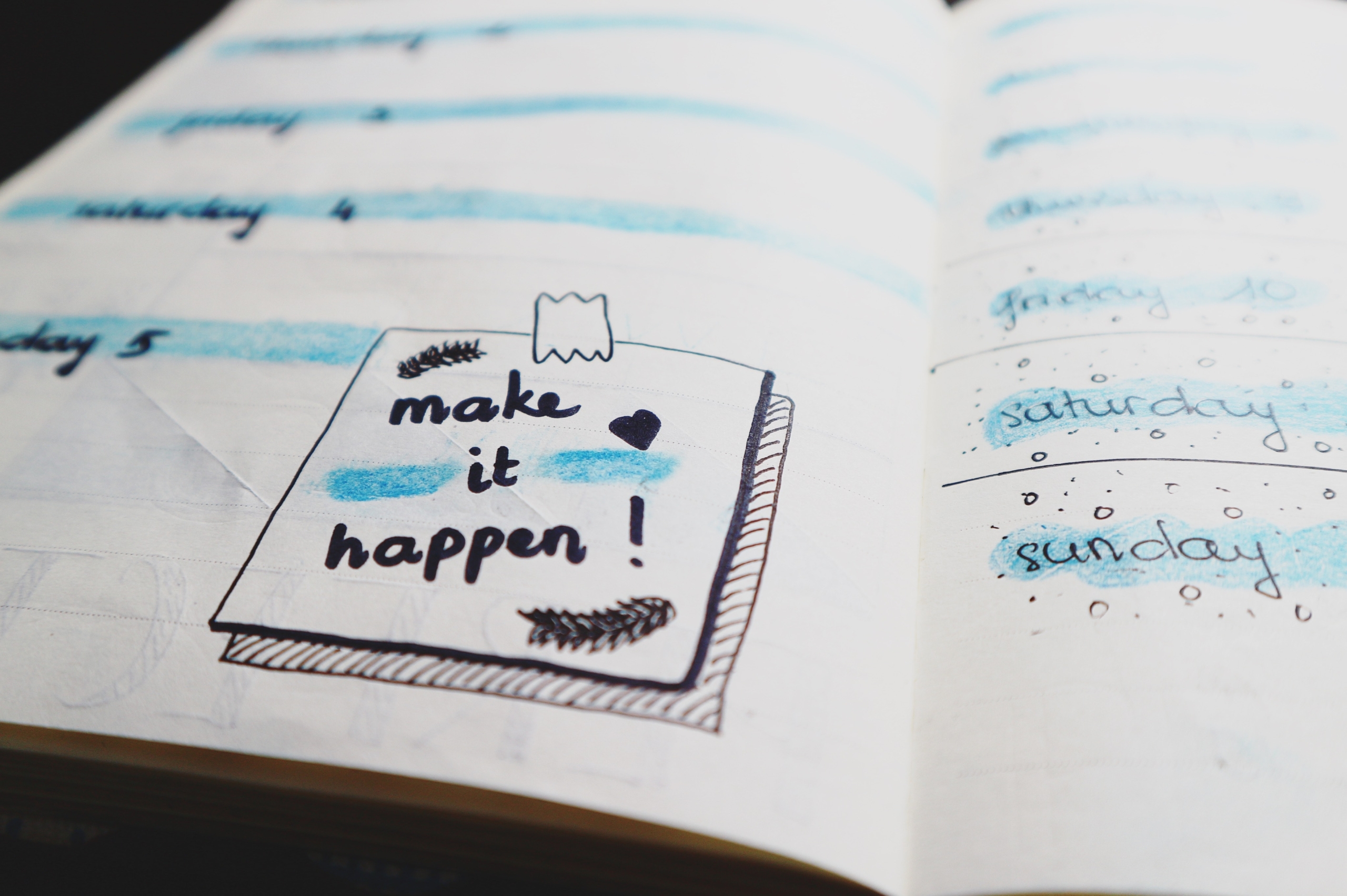

- Call 908 543 4390
- Email
- Dr.Joni Redlich PT,DPT



Babies have just spent 9 months growing and developing in the womb, where they were just floating around!
As newborns, they are fully reliant on mom and dad to support where their bodies go and what they see, hear, touch and smell.
With practice, new experiences, and time, babies develop head control through a combination of increased muscle strength and coordination. As they grow, infants begin to control the movements of their head by strengthening the muscles in their neck, upper back, and throughout their bodies. They also learn to coordinate the movement of their head with their eyes, which allows them to fixate on objects and track movement. This stimulates the development of the vision system, which also develops as a result of movement experiences. Additionally, as babies spend time lying on their backs, lying on their stomachs, and even being carried, they have the opportunity to practice lifting and controlling their head movements.

Babies typically begin to hold their heads up by themselves around 3-4 months of age. This is a significant milestone in their development, as it indicates that they are gaining control over the muscles in their neck and upper back. However, it’s important to note that all babies develop at different rates, and some may start holding their heads up earlier or later than others. Some babies may be able to hold their heads up briefly as early as 2 months, while others may not be able to hold their heads up until they are 5 months old. It is important to also be mindful if a baby was born prematurely. We want to consider the skills of a baby who was born prematurely in comparison with their adjusted age and not just their chronological age.
It’s important to remember that skills will develop as babies have the opportunity to try out new skills. That means that babies need lots of time to experiment with movement! The best way to do that is on the floor on a blanket with both toys (consider black and white toys or cards for our youngest of babies) and also with us. Get down on the floor with baby to play and if there is a big brother or sister, have then get in on the action too. If you have barriers to getting down on the floor to play, you can do the same play activities on a couch where you can be sitting more comfortably.

Here are our Kid PT top 3 positions that can be helpful for babies to strengthen their necks:

If your baby is struggling to hold their head up during tummy time or prefers to look in one direction, it is best to seek out professional advice. At Kid PT, Dr. Joni always tells parents that when they come in for a free screening they will either learn how to help their child or they will get piece of mind that everything is ok. There is nothing to lose!
To learn more about the developmental process in the first year and understand what to expect as your little one learns to move, check out Dr. Joni’s free guide, The 6 Keys to Gross Motor Development In the First Year. The goal of this guide is to help parents find out when their baby just needs more time and when their baby may need some help to meet their milestones!
If your worries about your baby’s development are keeping you up at night (and we know how precious sleep is right now!), then we would like to invite you to come in for a Discovery Visit to meet with one of Kid PT’s physical therapists. At a Discovery Visit, we will talk about your concerns and make a look at your baby’s movement skills.
You can request for a free visit HERE.
Do you want to learn more about pediatric physical therapy and what it is. You can read more about it here. I know as a parent it can scary to take your baby to a new medical appointment. Rest assured that our visits are generally filled with smiles, giggles, and play. Babies have no idea they’re “working”, but just know they’re having fun. In fact, one of our top values at Kid PT is for the therapeutic process to be not just effective from a movement perspective, but for it to be as easy and positive as can be along the journey.
If you have any questions, we are here for you. You can call us at (908) 543-4390 or email Dr. Joni directly at joni@kidpt.com.
Just remember parents, you go this!


We all know by now that we should be eating at least five servings of fruits and vegetables each day. But knowing and doing are two different things, aren’t they? Sometimes it is just not easy to get them all in there. We are constantly tempted to fill up on convenience and junk food. If your family is anything like mine, they’d much rather fill up on a bag of chips or a bowl of rice or pasta instead of trying an apple or a plate of steamed broccoli. A little creativity and preparation can go a long way though! Here are a few ideas to “sneak” some extra vegetables and fruits in your family’s diet.
1. Start the day with a breakfast smoothie. All you have to do is throw some fruits, low-fat yogurt and ice in a blender. You may also want to add a scoop of protein powder in there for good measure. Just blend for a few seconds and you have the perfect breakfast ready to go. I like to sip mine in a thermal cup on the way to work. To make it even more appealing for your kids, use some frozen yogurt or a scoop of ice cream in the smoothie. They won’t believe that you are letting them have ice cream for breakfast.

2. Dried fruit makes an excellent snack any time of the day. Add some small cartons of raisins to your child’s lunch box, pack some yogurt-covered raisins in your husband’s briefcase and keep some trail mix sitting around for snacking. You can also add dried fruit to oatmeal and cereal in the morning. My family loves banana chips in their breakfast cereal.

3. Add some fruits and vegetables to your family’s sandwiches. You can add some banana, sliced apples or strawberry slices to a peanut butter sandwich. Top a turkey sandwich with lettuce, tomato, cucumber and anything else they will eat. You can even make a sub shop style vegetable sandwich by combining several different vegetables with some mayonnaise and cheese on bread.

4. Have a salad bar at dinner. Set out a variety of chopped vegetables, some cheese and croutons as well as several choices of salad dressing along with the lettuce and let everybody create their own perfect salad.

5. Let them drink their fruits and vegetables. Keep an assortment of fruit and vegetable juices in the fridge and encourage everyone to drink them as a snack. Get creative. You could start “family cocktail hour” by pouring everybody a glass of his or her favorite juice over ice. Add some straws, cocktail umbrellas and sit together to talk about how everybody’s day went.

6. Try this for dessert. Put a small scoop of ice cream or frozen yogurt in a bowl and top it with lots of fresh or frozen fruit.

7. Offer fruits and vegetables as snacks. You can cut apples into slices and top them with peanut butter or cheese. Cube cheese and serve with grapes. Cut up some fresh veggies and serve them with ranch dip. And of course there’s ants on a log. Spread some cream cheese or peanut butter on the inside of a stick of celery and sprinkle raisins on it (wow, fruit and vegetable in one snack).

8. Try some new fruits and vegetables. Pick something exotic to get your family’s curiosity. With a little luck their curiosity will outweigh their initial apprehension to trying something new. You could try artichokes, plantains, papaya, mango, star fruit, or anything else you can find in the produce department of your local store.

9. Make a pot of vegetable soup or a stew that’s heavy on veggies and easy on the meat. Both of these make some great comfort food when the weather gets cold.

10. Start “My Veggie Day”. Each family member gets to pick a vegetable one day of the week.

Incorporate a few of these ideas and you will have everyone in your family eating more fruits and vegetables in no time!

Did you know that less than 25% of people keep their goals past the month of January?
So what does this mean for the rest of the 75% of the population?
Does that mean that we’re all unrealistic in our expectations…
…not disciplined enough,
…not motivated for the right reasons,
…unwilling to make the “right” sacrifices,
…or just plain lazy?
We need to stop that negative self talk NOW!!!
We may be easily tempted into accepting these explanations of our “failure” as truth. Especially since social media is constantly screaming how we are not enough without this product, that body, or those fad diets or trends.
Maybe the fact that the majority of the population is unable to follow through with their resolutions, speaks more to the ineffectiveness of resolutions rather than us. Maybe the concept of resolutions does not align with how we as humans are typically wired. Keeping goals and following through is a hard task for anyone, so what can you do to make this process easier? We encourage you to instead establish small changes in your ROUTINE rather than resolutions. How is establishing a routine different? Below are 5 tips to making realistic routine changes that will help you reach your goals.

This is so important to avoid burnout. If your goal is to exercise consistently, refrain from initially making a goal that reflects your ideal frequency, duration, and intensity. Instead, start with small increments of an exercise or activity that will slowly get you to that goal. This could include walking in the morning or after you get home from work, performing a short yoga flow routine on youtube, or even doing pushups before you get ready for work. The important part is that it starts to become your routine and then you can always progress the amount of time and intensity of the activity as it becomes an automatic part of your day.

Barriers are anything that block you from performing your intended task. Some examples of barriers are relying on the presence of another individual to complete the task, only exercising in a gym, and only doing an act of self care when everyone around you is content and happy. The more steps or conditions needed to complete a task, the less likely you are to follow through. There is not a problem with performing your routine with other people or going to the gym to exercise, but always have a back up plan and follow through even if the conditions aren’t ideal.

Combine it with something that gives you joy. This will be different for each individual person. This may be listening to a beloved audiobook or podcast, sharing the activity with a family member or friend, or making sure to give yourself a reasonable reward each time you perform the task. Even if the actual task is daunting and overwhelming, you will still have something to look forward to, which will help to reduce your avoidance of following through.

Pair it with activities already in your routine. Take advantage of all the routines you have already established throughout your day. By coupling your new activity with something you already automatically do in your day, it will boost your ability to follow through. An example of this is if your goal is to spend more time with your child, perform fun activities at a consistent time in your day that you are already with your child. For example, have an ice cream date or do a puzzle or play on the playground with your child after driving them home from school, after dinner, or before the bedtime routine.

If you intend on making lifestyle changes that last longer than a few months or a year, then it has to be reasonably sustainable. It is important to choose goals that allow you to function in a normal daily routine without significant stress and sacrifice as this can be unhealthy for your body. Make sure to allow yourself a balance of productivity, connection with loved ones, adventure, self care, and rest.
If you’ve already ditched the resolution, its not too late to make a change. Think new routines, not resolutions and try some of the above tips to put them into action!
